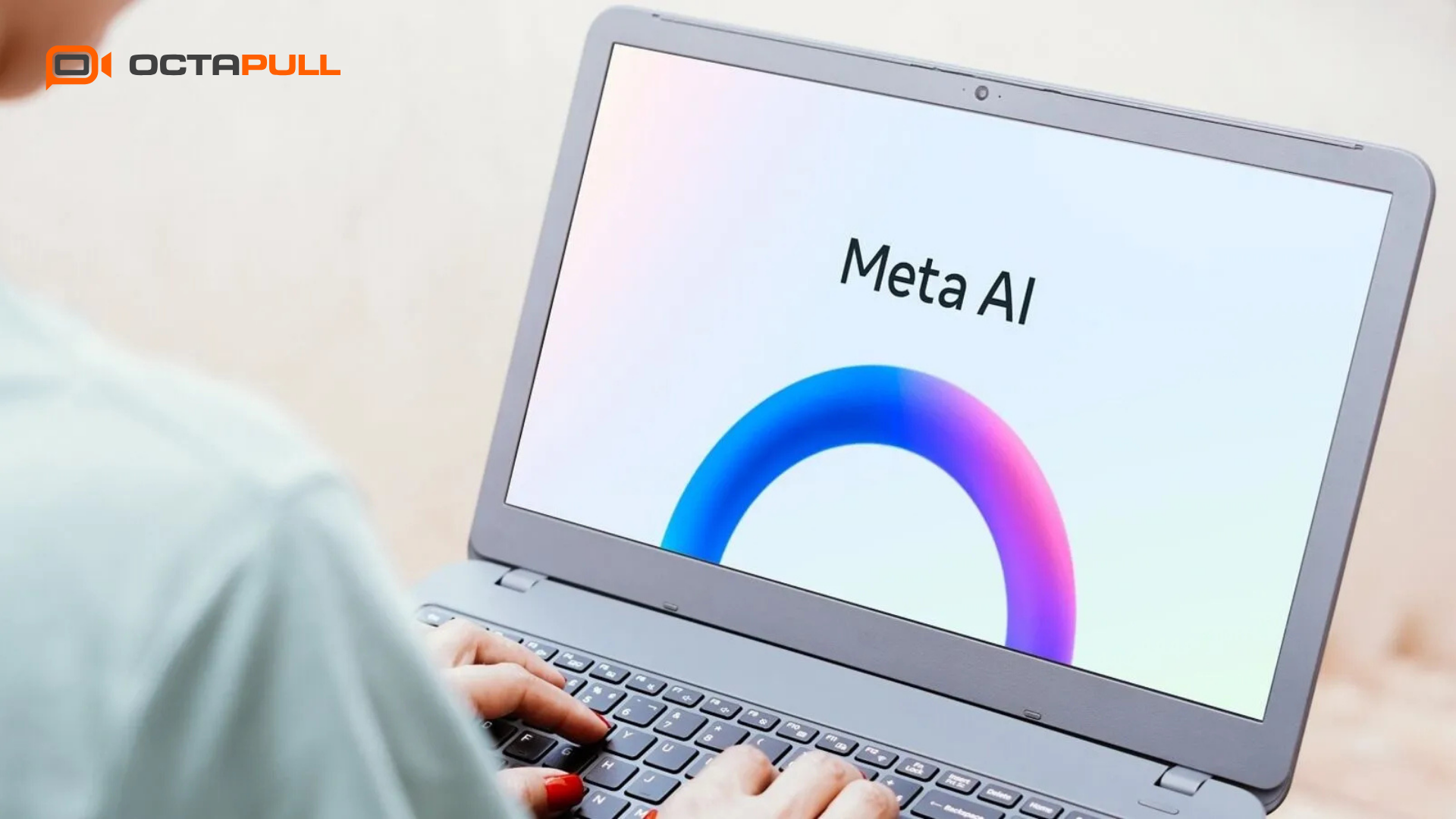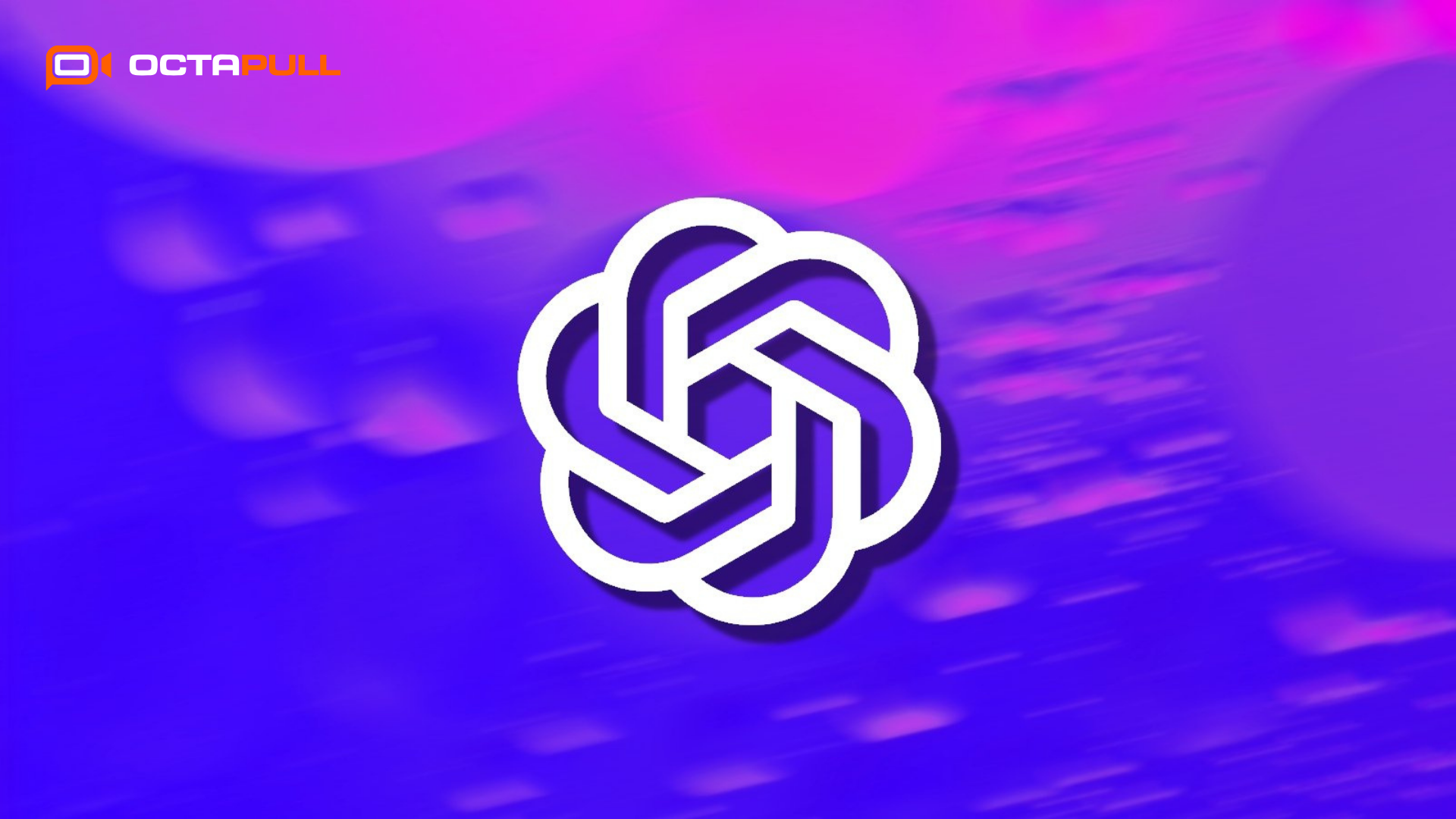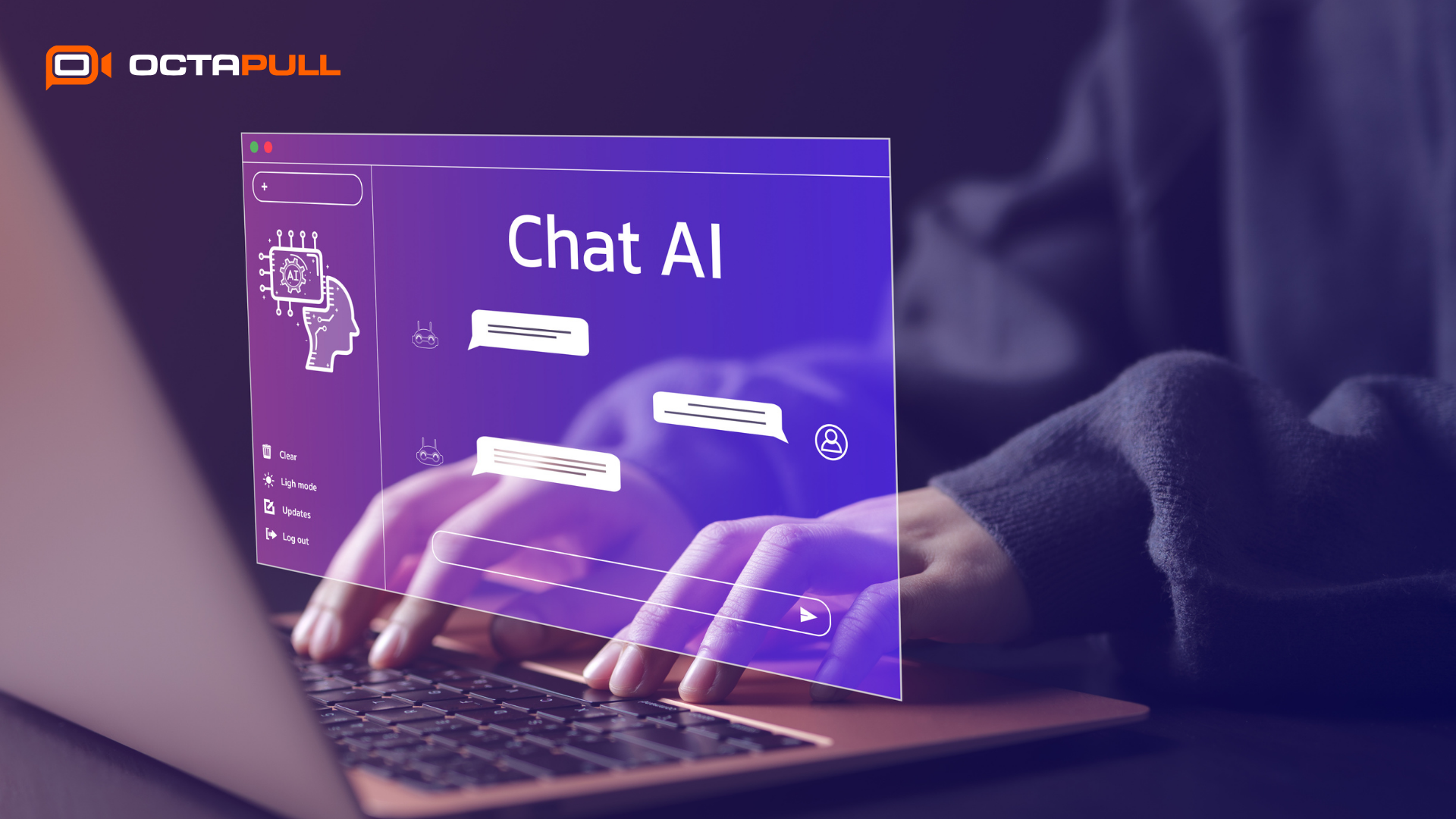As the artificial intelligence revolution continues to unfold, one of the biggest areas of competition lies between large language models (LLMs), their user interfaces, and chatbots.
At the center of this rivalry are OpenAI’s ChatGPT, the industry leader, and Meta AI, a formidable challenger from the social media giant.
While both are based on cutting-edge LLMs, their different approaches, integrations, and philosophies put them on distinct paths. In this article, we’ll take an in-depth look at these two powerful AI tools, comparing their strengths and weaknesses.
What is Meta AI?
Meta AI is an advanced artificial intelligence assistant and suite of tools developed by Meta and integrated into the company’s leading platforms, including Facebook, Instagram, and WhatsApp.
At its core, Meta AI is powered by Meta’s own family of Large Language Models (LLMs), specifically Llama 4, which is regarded as one of the best open models in the industry.
Meta AI leverages the power of Llama 4 to perform a variety of tasks, such as generating text, answering questions, searching the web, and even creating images.
The model has been pre-trained on an extensive dataset and features real-time web search capabilities, enabling it to provide answers based on up-to-date information.
The primary goal of Meta AI is to offer a seamless, instant, and engaging chatbot and assistant experience on the social and messaging platforms where users already spend a significant portion of their time.
Advantages of Meta AI
Meta AI offers a range of distinct advantages, particularly in the areas of daily use and social integration:
Social Media Integration
Meta AI is seamlessly integrated into Facebook, Messenger, Instagram, and WhatsApp.
This integration allows users to perform instant queries, get information, or even generate images directly within group chats, without having to switch between applications. This deep platform integration makes Meta AI highly accessible and convenient for users already active on these social media platforms.
Unlimited and Fast Image Generation
Meta AI offers unlimited image generation at high speed and for free.
It is particularly beneficial for rapid ideation, creative brainstorming, and generating fun visuals. Users can receive up to four different image options within seconds. Additionally, the ability to animate these generated images adds an extra layer of entertainment and flexibility for content creators.
Open-Source Philosophy
Meta’s foundational model, Llama, is developed with an open-source philosophy.
This open approach enables developers to examine, modify, and integrate the model into their own applications. It fosters significant flexibility and innovation potential within the AI community, allowing for tailored solutions and new features to be added continuously.
Free Access
All of Meta AI’s core features are offered for free, integrated directly into Meta’s social applications.
This is a major draw for users who want to access a powerful AI assistant without having to pay for a subscription. Meta AI’s free access also appeals to a wide range of individuals, businesses, and developers, making it a cost-effective solution for everyday needs.
Real-Time Web Search
Meta AI’s real-time web search capabilities allow it to provide up-to-date and relevant information to users.
By leveraging both Bing and Google search engines, Meta AI ensures that it can pull information in real-time, offering users the most relevant and current data on any given topic.
What is ChatGPT?
ChatGPT is a revolutionary artificial intelligence chatbot equipped with advanced natural language processing (NLP) capabilities, developed by OpenAI.
The system operates using OpenAI’s proprietary GPT models, with the current iteration utilizing the multimodal GPT-5 models for both free and paid plans.
ChatGPT has been trained on an extensive dataset of text and code, allowing it to generate extremely detailed, contextual, and human-like responses to a wide range of questions, requests, or prompts.
The underlying mechanism driving ChatGPT is based on statistical predictions, where it calculates the most likely next word or sentence based on the input it receives and the vast data it has been trained on.
Beyond being a simple chatbot, ChatGPT can write code, solve complex mathematical problems, analyze documents, and even draft detailed research reports, making it a versatile tool for a variety of professional and academic applications.
Advantages of ChatGPT
ChatGPT is widely recognized as one of the leading AI tools, especially when it comes to in-depth work, professional use, and flexibility.
Superior Power and Multimodal Capabilities
With advanced models like GPT-4o, ChatGPT can process and respond to text, image, and voice inputs.
This full multimodality unlocks unique capabilities such as object identification in photos, answering questions about charts and tables, and even providing real-time live commentary through a phone camera.
Document and Data Processing
ChatGPT enables users to directly upload documents such as PDFs, spreadsheets, and presentations, and then ask questions, summarize, or analyze the data within those files. This feature is invaluable for business and academic professionals, making it an essential tool for document-heavy workflows.
Advanced Logical Reasoning
With specialized reasoning models such as GPT-5 and GPT-4o, ChatGPT excels in handling challenging logical tasks and solving complex mathematical problems, making it a more reliable choice for high-level problem-solving.
Extensibility and Custom GPTs
ChatGPT offers a vast ecosystem of plugins and customization options, allowing users to create purpose-built chatbots known as Custom GPTs. This enables integration with third-party services or the creation of personalized AI models tailored to specific business datasets, further enhancing its versatility.
Deep Research Capability
For paid users, ChatGPT offers the ability to generate unlimited deep research reports, providing a unique advantage for market analysis and comprehensive subject research. Even free users have access to limited research capabilities, which can still be highly valuable for preliminary inquiries or smaller research tasks.
Comprehensive Comparison: Meta AI vs. ChatGPT
The competition between Meta AI and ChatGPT not only highlights their capabilities but also sheds light on the future philosophy of artificial intelligence: open vs. closed. While both tools share similar core functionalities, they diverge significantly in their approaches and areas of strength.
Core Model and Power
ChatGPT leverages proprietary GPT-5 models, which include multimodal capabilities and excel in logical reasoning. This gives it a significant edge for handling complex math, coding, and other in-depth tasks.
In contrast, Meta AI is built on Llama 4, an open model that provides flexibility for developers. However, it may not match ChatGPT’s performance in terms of general capabilities and challenging tasks.
Accessibility
Meta AI’s strongest feature is its deep integration within Meta applications such as Facebook, WhatsApp, Instagram, and Messenger, allowing for instant and seamless use in a social context.
While ChatGPT offers a broader range of third-party integrations with thousands of business applications, it may not offer the same ease of use or reach the same mass audience as Meta AI, particularly for social interactions.
Multimodality and File Processing
ChatGPT excels in multimodal interactions, enabling it to process text, voice, images, and documents such as PDFs and spreadsheets. This makes it an essential tool for professional research and data analysis.
Meta AI, by comparison, is more text-centric and lags behind ChatGPT in areas like image recognition and the ability to upload and analyze documents.
Visual Generation Speed and Quality
Meta AI is particularly strong in rapid ideation, offering unlimited image generation completely free and at an extremely fast pace.
On the other hand, ChatGPT, using GPT-4o and DALL·E 3, produces higher-quality, more artistically advanced images. However, this comes at the cost of slower generation speeds and daily limits for free users.
Customization and Pricing
All of Meta AI’s core features are available for free, making it a highly accessible option for casual users.
ChatGPT, however, offers premium features such as full access to GPT-5, deep research capabilities, and the ability to upload documents for a monthly subscription.
Additionally, ChatGPT stands out by allowing users to create customized chatbots tailored to their own datasets, which is a powerful tool for corporate adaptation and personalization.
| Feature | Meta AI | ChatGPT |
|---|---|---|
| Core Model | Llama 4 | GPT-5 |
| Multimodality | Basic text and image generation | Comprehensive: Text, Image, Voice, Document |
| Integration | Deep Meta Ecosystem (Instagram, WhatsApp, Facebook) | Proprietary platform, third-party integrations |
| Document Processing | None | PDF, Spreadsheet, Presentation, etc. |
| Image Generation | Unlimited, Speed-Focused | High-Quality, Limited/Paid, Slower Processing |
| Customization | Limited | Custom GPTs, Data Upload |
| Pricing | Free | Free Version and Paid Plans |
| Reasoning | Reliable level | Stronger for complex tasks, coding, and math |
| Accessibility | Mobile-focused, embedded in Meta platforms | Web, Mobile, and Desktop applications |
Daily Use Cases for Meta AI and ChatGPT
These two AI giants are not just theoretical concepts; they have become concrete tools that streamline our daily and professional lives. Below, we’ll explore real-world use cases for both Meta AI and ChatGPT, highlighting their strengths and unique capabilities.
Social and Instant Information Retrieval
Imagine you’re planning dinner with friends in a WhatsApp group, and everyone suggests an Italian restaurant. Meanwhile, you’re wondering where to find the best tiramisu.
Rather than switching between apps, you can tag @Meta AI in the WhatsApp chat and simply ask, “Find the top 3 Italian restaurants in our city that make the best tiramisu.”
Meta AI will quickly provide instant, up-to-date web search results without interrupting the ongoing group conversation. This feature makes it ideal for social interactions that require quick information retrieval.
In-Depth Report and Document Analysis
Your company’s CEO sends you a 50-page industry report and asks you to prepare a memo summarizing key findings and risks in just 15 minutes.
Using ChatGPT Plus, you can upload the PDF report and command, “Read this report. Summarize the key findings in 5 points and list the top 3 risk factors for 2026, with justifications.”
ChatGPT analyzes the entire document in seconds, saving you significant time in business-critical tasks and allowing you to quickly deliver insights to your team or boss.
Rapid Visual Ideation
You need to create a fun visual for your Instagram story or a presentation draft based on the theme “a cyberpunk beach where a robot is surfing.”
Using Meta AI, you can input the prompt “robot surfing in cyberpunk style, neon lights” on the Meta AI platform or Instagram. Since Meta AI is free, it generates four different image options within seconds. This speed makes it an ideal tool for quick ideation and content creation.
Voice Multimodal Assistance and Environmental Interaction
You’re at home trying to connect device cables, but have lost the manual and need help with cable connections. Your hands are full, and you’re not sure where each cable should go.
Simply open the ChatGPT mobile app, activate Advanced Voice Mode, and point your phone’s camera at the cables. You can then ask, “Where should these cables be connected?“
ChatGPT analyzes the cables seen by the camera in real-time and offers step-by-step voice instructions, making it an ideal assistant for hands-free, environmental interaction tasks.
Generating Fun Content Within a Chat
While chatting with a friend on Facebook Messenger, you want to instantly change the subject with a visual or provide a funny reaction.
Without leaving the chat window, simply ask Meta AI to “Take a funny picture of a dog wearing a red hat.” The image will be generated in seconds and can be immediately shared within the chat. This demonstrates Meta AI’s deep integration with social platforms, allowing for instant content generation within conversations.
Education, Code Debugging, and Logical Reasoning
You’re working on a Python code that’s not functioning properly, or maybe you’re tackling a complex math problem or logic puzzle.
You paste the code into ChatGPT and ask, “Find the error in this code and explain why it’s causing the issue.”
Thanks to GPT-5 or the GPT-4o models, which have advanced logical reasoning capabilities, ChatGPT not only identifies the error but also provides educational feedback, helping you improve your coding skills and understand the underlying issues.
Which is the Right AI Tool for You?
The choice between Meta AI and ChatGPT largely depends on your specific use case. Rather than having a clear-cut winner, the AI revolution is driven by two powerful ecosystems, each serving different needs.
When to Choose Meta AI
If your focus is on daily convenience, speed, and social integration, Meta AI might be the better fit for you. Its seamless integration into your existing social media and messaging platforms (like WhatsApp, Instagram, and Facebook) makes it ideal for users who want to access AI tools without interrupting their social flow.
Additionally, Meta AI’s ability to provide free and fast image generation makes it a great option for quick content creation and visual ideation, especially in a social media context.
If you’re looking for an AI assistant that enhances social media interactions and is always at your fingertips, Meta AI is a natural choice.
When to Choose ChatGPT
If your focus is on professional power, in-depth analysis, personalization, and workflow automation, ChatGPT might be the best choice for you. Its ability to process documents, solve complex problems, and provide consistent logical reasoning makes it a more robust tool for business and professional tasks.
Furthermore, ChatGPT’s Custom GPTs feature offers the ability to create tailored AI models for specific business workflows or personal use, adding a layer of personalization and integration that Meta AI lacks.
Both Are Free, So Try Them Both
Remember, both Meta AI and ChatGPT offer free versions, so the best approach is to try both and see which AI aligns better with your unique workflow and lifestyle. By using the tool that suits each task, you can maximize your efficiency and take full advantage of what these powerful AI systems have to offer.
Meta AI vs. ChatGPT: Which One Will Lead the Next AI Revolution?
In the rapidly evolving landscape of artificial intelligence, both Meta AI and ChatGPT stand out as transformative tools, each with its own strengths and focus areas.
While Meta AI excels in social media integration, real-time information retrieval, and rapid image generation, making it ideal for users seeking convenience and speed in their daily interactions, ChatGPT offers advanced problem-solving, document processing, and personalization features, making it a more robust solution for professional environments requiring in-depth analysis and complex reasoning.
The choice between the two largely depends on your specific needs, whether you’re looking for seamless, social media-oriented AI experiences or a powerful assistant to enhance your work processes.
Ultimately, both tools provide immense value, and the AI revolution is likely to be shaped not by a single leader but by the unique capabilities of these two ecosystems, each serving different purposes for different users.





